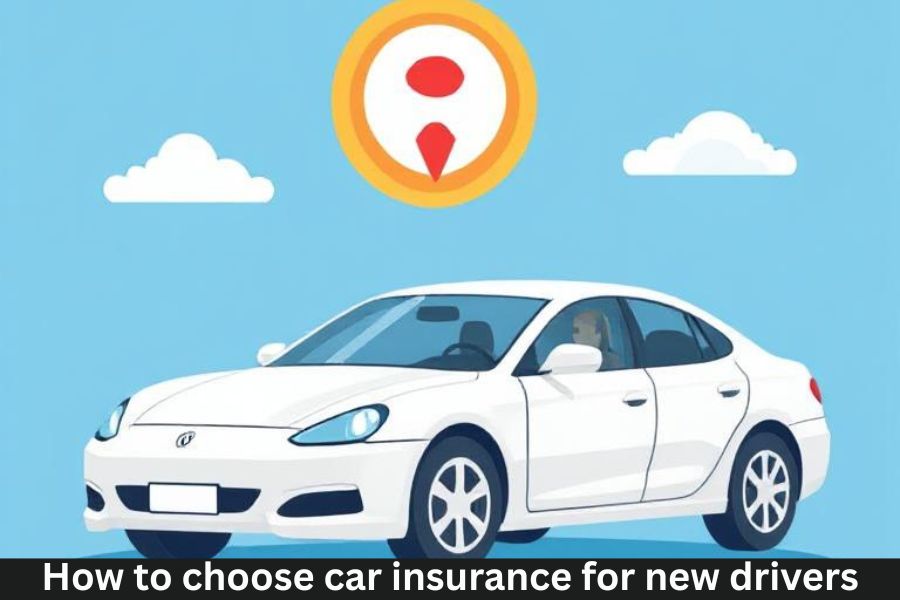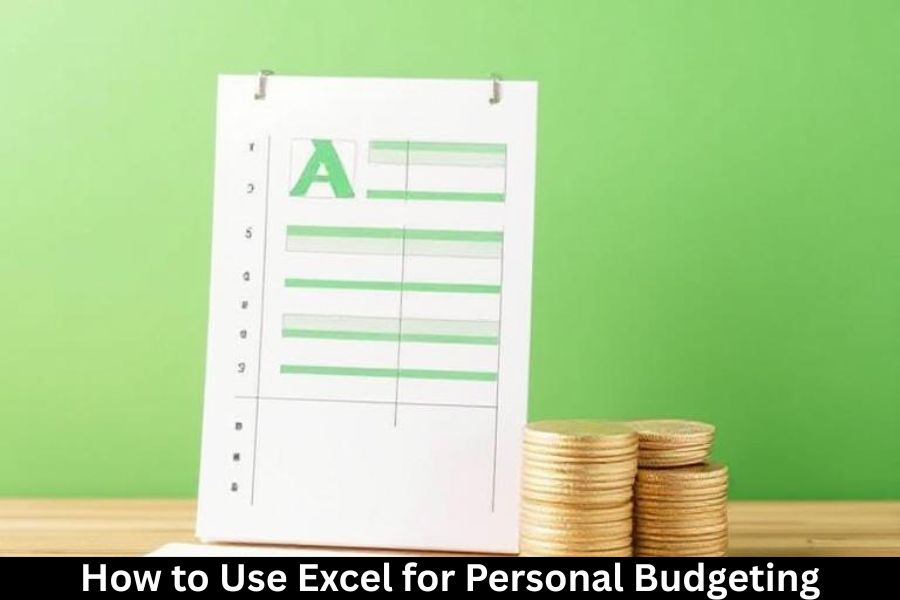Why Car Insurance is a Must for New Drivers
Legal Requirements
Let’s be real—driving without insurance isn’t just risky, it’s illegal in most places. As a new driver, you’re required by law to carry a minimum level of car insurance. Not having it can result in fines, license suspension, or worse.
Financial Protection and Peace of Mind
Accidents happen—even to the most careful drivers. Insurance steps in to cover repairs, medical bills, and legal fees, saving you from digging into your own pockets.
Understanding the Types of Car Insurance
Liability Insurance
This is the bare minimum and covers damage or injury you cause to others. It doesn’t cover your own car.
Collision Coverage
Pays for damage to your car when you’re at fault. Ideal if your car is relatively new or valuable.
Comprehensive Coverage
Covers things like theft, vandalism, and weather damage. Think of it as “stuff that happens when your car isn’t even moving.”
Personal Injury Protection (PIP)
Helps cover your medical bills and sometimes lost wages, regardless of who caused the accident.
Uninsured/Underinsured Motorist Coverage
Protects you if someone hits you and doesn’t have enough insurance—or any at all.
What New Drivers Need to Know
Why Premiums Are Higher for New Drivers
Insurance companies see new drivers as high-risk—mainly because of inexperience. So yes, your first premium might sting a little.
Age, Location, and Driving History
Younger drivers, city dwellers, and those with previous violations typically pay more.
How to Shop Smart for Insurance
Compare Quotes Online
Don’t just pick the first insurer you find. Compare quotes from at least 3–5 providers to get the best rate.
Use Reputable Insurance Comparison Tools
Websites like NerdWallet, The Zebra, or Policygenius can save you a ton of time.
Don’t Just Go for the Cheapest Option
Sure, saving money is great—but make sure the coverage actually protects you when it counts.
Discounts to Ask For
Good Student Discounts
If you’re in school and keeping your GPA high, many insurers will reward you.
Defensive Driving Course Discounts
Take an accredited course and score a discount—plus better skills behind the wheel.
Low Mileage Discounts
Drive less? Pay less. It’s that simple.
Bundling With Home or Renter’s Insurance
Bundle and save. Combine policies with the same company for extra discounts.
Tips for Lowering Your Premium
Choose a Higher Deductible
Willing to pay more out of pocket for repairs? You can lower your monthly payment.
Pick a Safe, Inexpensive Car
Flashy cars = higher rates. Go for safety and reliability instead.
Maintain a Clean Driving Record
The fewer incidents, the lower your risk score—and your premiums.
Should You Add a New Driver to a Family Policy?
Pros and Cons
Lower cost per person
Can raise the total premium if the new driver is high-risk
How It Affects Rates
It usually brings the overall cost down compared to buying a standalone policy.
Common Mistakes to Avoid
Not Reading the Fine Print
Coverage exclusions can bite you later. Always read the details.
Ignoring Deductibles
A lower monthly premium might mean a sky-high deductible. Know what you’re agreeing to.
Overinsuring or Underinsuring
Too much? You’re wasting money. Too little? You’re gambling with your wallet.
Choosing the Right Insurance Provider
Reputation and Reviews
Check real user reviews online. A flashy ad doesn’t equal great service.
Customer Service Ratings
You’ll want an insurer that actually picks up the phone when you need them.
Mobile App and Online Access
In today’s world, digital access is a must—file claims, pay bills, and check coverage on the go.
Understanding Policy Terms and Jargon
What’s a Deductible?
It’s what you pay out of pocket before insurance kicks in.
What’s a Premium?
Your monthly or annual cost of being insured.
Policy Limits and Exclusions
Know what’s covered—and what’s not. Don’t get caught off guard.
When to Review and Update Your Policy
Life Events That Should Trigger a Policy Review
Moved? Got married? Bought a new car? Time to recheck your policy.
Switching Providers for Better Rates
It pays to shop around yearly. Loyalty doesn’t always mean savings.
Final Checklist Before Buying
- Know the required coverage in your state
- Compare quotes from multiple providers
- Check for available discounts
- Understand what’s covered and what’s not
- Choose a deductible that works for your budget
Final Thoughts
Choosing car insurance as a new driver may feel overwhelming, but it doesn’t have to be. With the right research, smart questions, and a little patience, you can find a policy that fits your needs and budget. Remember—this isn’t just about checking a legal box; it’s about protecting yourself on the road.
FAQs
1. Can I get car insurance without a license?
Technically yes, but it’s rare. Most insurers require at least a permit or license to start a policy.
2. How can I reduce my car insurance premium as a new driver?
Ask for discounts, maintain a clean record, and choose a safe, lower-cost vehicle.
3. Should I go with the lowest quote I find?
Not always. Cheap doesn’t always mean good coverage. Balance cost with value.
4. Is it better to stay on my parents’ policy?
Often yes. It’s usually cheaper, and you’ll still get solid coverage.
5. What’s the best insurance company for new drivers?
Companies like GEICO, Progressive, and State Farm often offer affordable rates and beginner-friendly options—but always compare.



